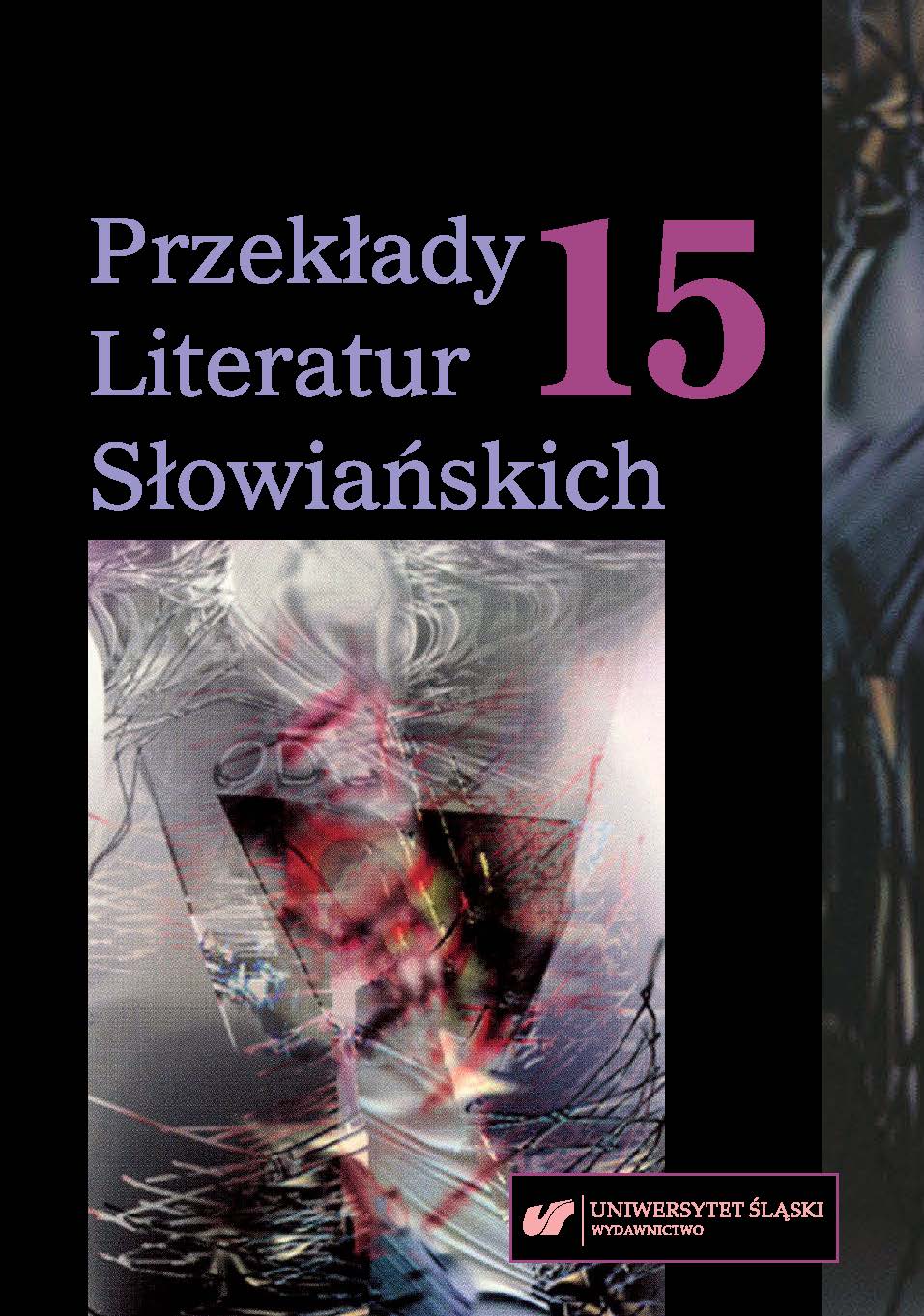

Tom 7. część 1 poświęcony jest refleksji badaczy i tłumaczy nad przekładem w zakresie literatury i kultury polskiej, słowackiej, słoweńskiej w relacji do literatur chorwackiej, polskiej, serbskiej, słowackiej i słoweńskiej oraz literatur niemieckojęzycznych pogranicza austriacko-słoweńskiego i niemiecko-rumuńskiego. Treść zamieszczonych w nim artykułów tworzy panoramę teoretyczną i historyczną w zakresie dyscypliny, jak również konkretnych praktyk translatorskich. Spojrzenie z tych dwóch perspektyw na jednostkowe rozwiązania tłumaczy lepiej oświetla ich rolę jako pośredników (a czasem inicjatorów stylu i myślenia), decyzje, funkcje i pragmatyczność przekładu. W tym kontekście w tomie skupiono uwagę na takich problemach, jak: dominująca w praktyce i/lub w teorii norma tłumaczenia, określająca poetykę historyczną przekładu; aspekt intertekstualności przekładu, czyli jego istnienie wśród innych utworów tłumaczonych albo w kontekście serii; znajomość oryginału w kręgach artystycznych i intelektualnych kultury przyjmującej oraz wieloaspektowość przekładu artystycznego, związana z jego zapotrzebowaniem rodzimym, a także z preferencjami tłumacza, który może być „ambasadorem” obcości lub jej „legislatorem,” wzbogacając własny warsztat artystyczny i/ lub literaturę docelową. Publikacja adresowana jest do badaczy literatur i kultur słowiańskich (w tym polskiej), studentów oraz do wszystkich zainteresowanych wiedzą o innych kulturach słowiańskich.
Slavic Translators and TranslationIn Volume 7, Part 1, is devoted to the reflections of scholars and translators on issues of translation among Polish, Slovakian, and Slovenian literatures in their relation to Croatian, Polish, Serbian and Slovenian literatures, as well as the literatures of the Austrian-Slovenian and German-Romanian borderlands. The content of the articles published in this volume makes up a theoretical and historical panorama, both as concerns translation studies as a discipline and concrete translating strategies and practices. This double perspective on translators’ individual solutions sheds better light on translators’ role as mediators (as well as, occasionally, initiators of styles and modes of thinking); their choices; and the functions and pragmatic values of translation. In this context, this volume focuses on the following problems: the dominance of norms in translation theory and/or practice as a factor determining the historical poetics of translation; the intertextuality of translation, i.e., its presence among other translated texts and in the context of a series; the knowledge of the original text among artistic and intellectual circles within the receiving culture; and the multiple aspects of the artistic translation as related to the native demand. The current volume also considers the preferences of the translator, who may act an “ambassador” or “legislator” of foreignness, enriching his or her own artistic competence and/or the target literature. The publication is addressed to scholars of Slavic literatures and cultures (including Polish); students; and whoever might be interested in broadening their knowledge of Slavic cultures.

Том 15 (2025)
Опубліковано: 2025-12-19
 10.31261/PLS
10.31261/PLS